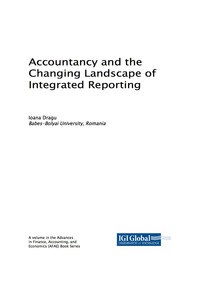Question
In our Managerial Economics textbook, In sequential-move games, players take turns and observe what other players have done previously before having to act. To
In our Managerial Economics textbook, " In sequential-move games, players take turns and observe what other players have done previously before having to act. To compute the likely outcome of a sequential game, we look ahead and reason back, or predict what will happen tomorrow in response to each of our possible actions today. By anticipating how the other player will react tomorrow, we can accurately forecast the consequences of our own actions. We represent sequential games using the extensive or tree form of a game, familiar to anyone who has ever used a decision tree. Consider the simple game illustrated in Figure 15.1. An entrant is deciding whether to enter an industry currently controlled by a single incumbent firm. The entrant chooses between In and Out. Beginning on the bottom of the left branch of the tree, we see that entry can lead to two different outcomes, depending on how the incumbent reacts. The incumbent has two choices in response to In: Accommodate the entry or Fight it. Accommodation (e.g., by keeping prices high) results in a payoff of $5 million for each firm, whereas fighting (e.g., by pricing low) results in a loss of $5 million for each firm. Initially, an entrant may fear entry because of the potential loss of $5 million. After all, a gamble between making $5 million and losing $5 million might not appeal to Figure 15.1 most firms. However, before deciding what to do, the entrant should look forward and reason back. If the entrant chooses In, the incumbent does better by accommodating.

Step by Step Solution
There are 3 Steps involved in it
Step: 1

Get Instant Access to Expert-Tailored Solutions
See step-by-step solutions with expert insights and AI powered tools for academic success
Step: 2

Step: 3

Ace Your Homework with AI
Get the answers you need in no time with our AI-driven, step-by-step assistance
Get Started


